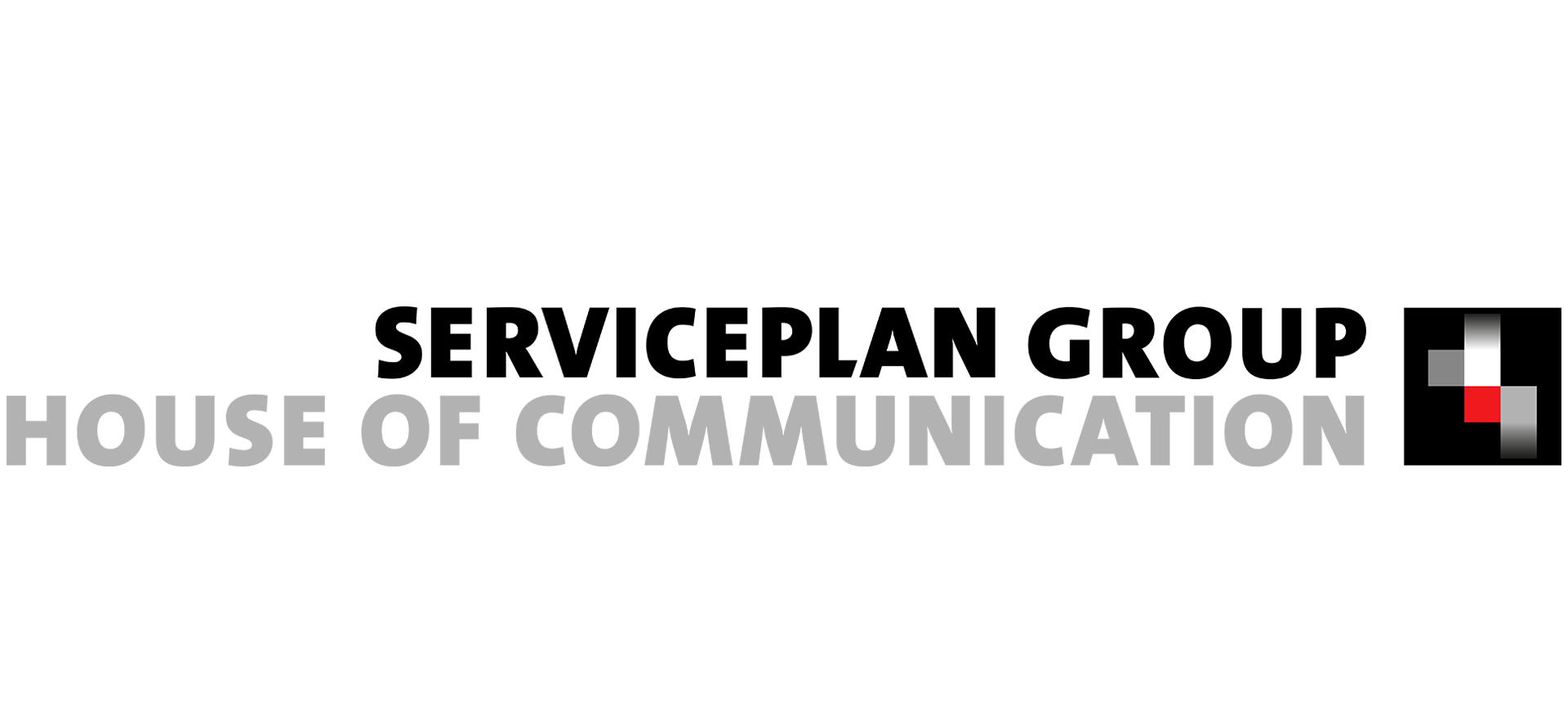- How to rebrand your logo and love it - 1. October 2015
There comes a time for every company when quality changes become necessary, both inside the team and in terms of positioning. The decision may be caused by a variety of factors – entering a whole new price segment, a change of leadership or of graphic paradigm. For Louder, the international marketing communications agency, the reason was ideological changes.
Last week our Agency announced a rebranding as a follow-up of the global graphic restyling of the Serviceplan Group, the global advertising agency that Louder became part of early in 2015. The elements that were changed included the color, the font and the lettering of the logo. This is why Louder had to follow suit of its larger partner and prepare for the changes. On the one hand, it may seem that there is nothing complicated about converting the old logo on the basis of the new graphics that has already been designed by somebody else. However, rebranding is not only about external changes. Indeed, internal changes are equally important. Will the team accept the changes, are the people prepared to rally round the new logo, and will the Russian market embrace foreign branding?
The Louder team approached the challenge strategically. The first thing to do was to introduce the new graphics of the Serviceplan Group to all employees and watch their reaction. And – as most people tend to dislike changes – not everybody liked the new style proposed by the head office. So we established a working group and decided to take time instead of designing a facsimile of the variant proposed by the German team. Before taking what seems to be its logical and natural shape, Louder’s logo went through many transformations.
In total, five versions were considered, with only one of them to become the Agency’s new logo. The challenge was to interpret the new typeface correctly so that it reflects Louder’s spirit. Of course, parting with the old logo was rather painful. Its semantic content fit the form so naturally. So we used this idea for rebranding. We started with changing the typeface:

Red is the integral brand color for Louder, at least we perceive it as such. This is why we tried a different tack.

Louder is a registered trademark whose right holder in Russia is Danilo Lange, our Director General. So we tried to play upon the ® symbol as much as we could.

In the first case, there is excess weight on the right side of the letter R. The fattening dynamics towards the last symbol plays its role while the red goes on to stress this heaviness even more. In the second version the registered trademark symbol doesn’t serve any graphical purpose. Instead, it only makes using the logo in small print materials more complicated.
The new typeface introduced by Serviceplan is by an order heavier and chunkier than Louder’s old font. Bold uppercase letters combined with the red color make the whole image somewhat too energetic. Besides, to convert the logo into red would mean to depart from the main principle of the global rebranding which was to use a single color to unite the logos of all the agencies and abandon the five-color palette previously used to distinguish between the agencies.

One of the most recent attempts was changing the Serviceplan cube logo itself, transforming it into a simple graphic symbol. We realized that it was most probably the boldest step that we could make. But everybody was still having doubts as the cube is a unique symbol througout the Serviceplan Group.

So, the next tactical step was using the Serviceplan cube and combining it with the newly-designed fonts.

Finally, a voting made things clear. The larger part of the team proposed blending the two versions into one. The rationale was that the resulting logo would be the neatest and the most confident.

New local unique identity was designed to come with the logo and to be associated exclusively with Louder. The red, the black and the white became the corporate colors. The design was based on the geometric minimalist principles.



The working group for the project: Anna Antonova (general producer), Alexandra Tkachenko (project art director), Arina Yerygina (creative producer), Irina Smetankina (producer).



![c762e24193bc1363f4f2e66a81643156581440c7[1] Chacun est libre de créer](https://serviceplan.blog/sp-content/uploads/2019/04/c762e24193bc1363f4f2e66a81643156581440c71-scaled-e1578400436599-180x180.jpg)
